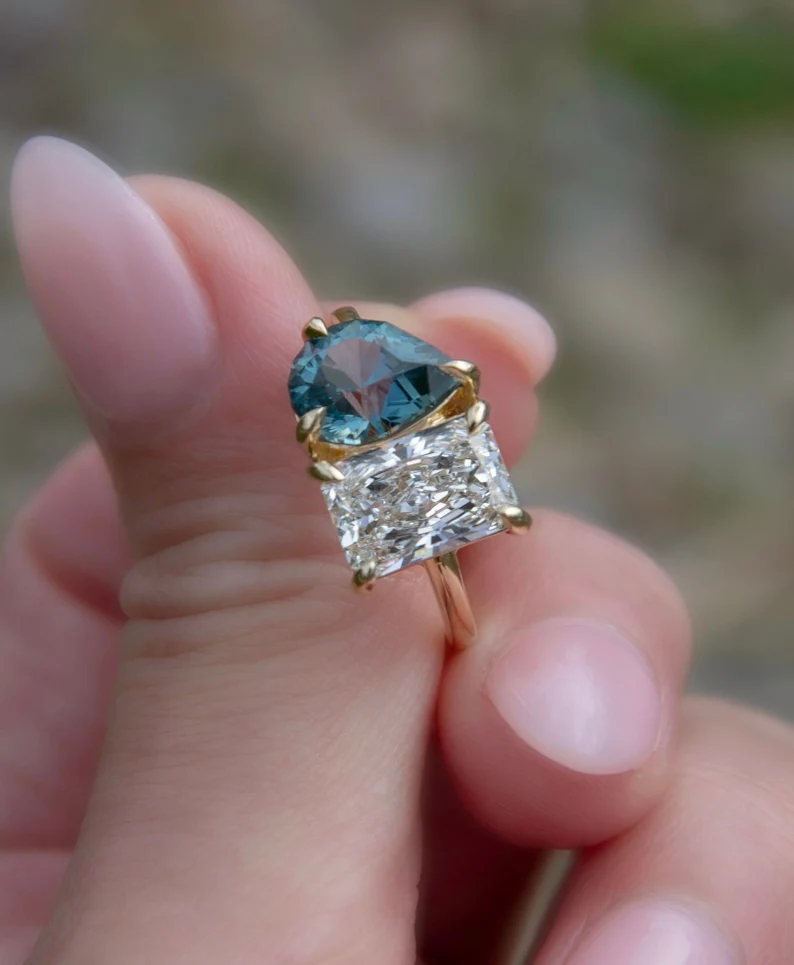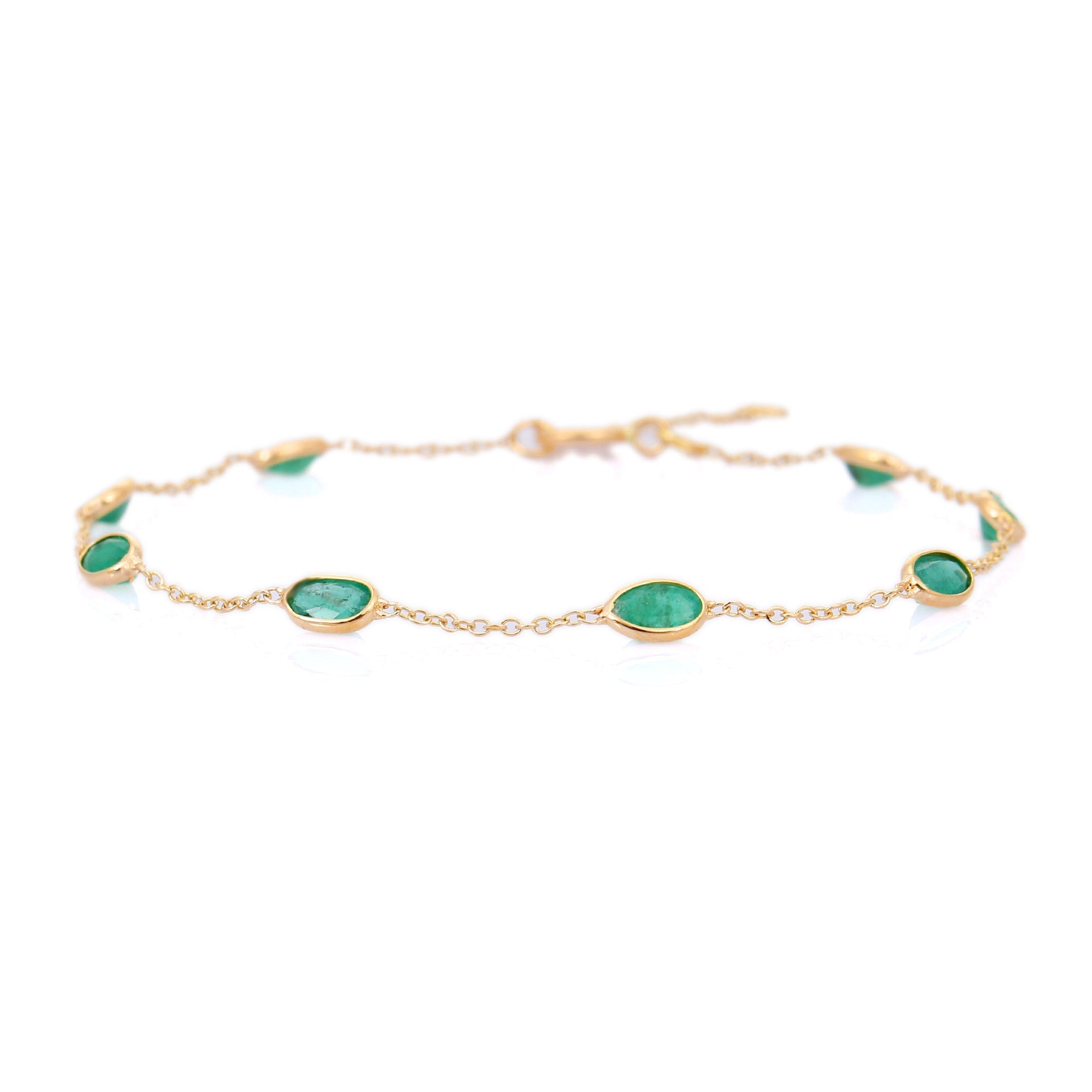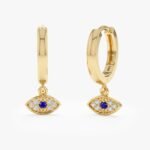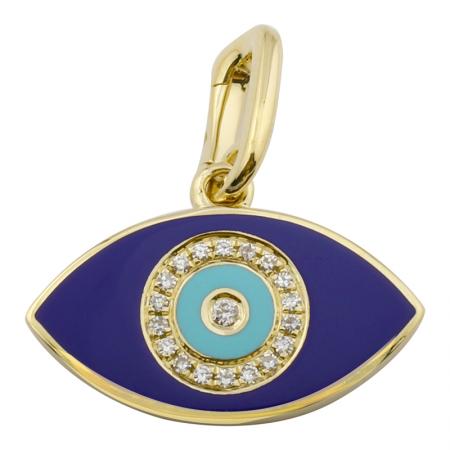Precious Metal Scrap: What Your Old Chains Are Actually Worth

You may have a box of old chains, bracelets, or broken jewelry. They look worn but they still hold value. This article explains what that value actually is. I’ll show how scrap weight, purity, current metal prices, and buyer fees determine what you’ll get. I’ll also give clear steps to get the best price for your scrap gold, silver, platinum, and palladium.
How scrap value is calculated — the simple math
Scrap value comes down to three things: weight, purity, and market price. Here’s the formula buyers use:
- Net weight (in grams) × purity (as a decimal) = grams of pure metal.
- Grams of pure metal × (spot price per troy ounce ÷ 31.1035) = raw metal value.
- Raw metal value × buyer payout percentage = cash you receive.
Example: a 14k gold chain weighing 20 g has 20 × 0.585 = 11.7 g of pure gold. If spot gold is $1,900 per troy ounce, raw value = 11.7 × (1900 ÷ 31.1035) ≈ $714. If the buyer pays 85% of spot, you’d get ≈ $607. I use this example to show the math. Real payouts and spot prices change daily.
Know your weights and purity
Weigh jewelry on a kitchen scale? Don’t. Many people use grams. Precious metal buyers use a precise gram scale. Also know the difference between gross and net weight:
- Gross weight = entire item, including stones, clasps, plating, or hollow sections.
- Net precious-metal weight = weight of the actual gold, silver, platinum, or palladium only.
Common fineness marks:
- Gold: 24k (999), 18k (750), 14k (585), 10k (417).
- Silver: Sterling 925, coin silver often 900, silver plate marked EPNS or Silver Plate.
- Platinum: Pt950, Pt900.
- Palladium: marks vary (e.g., Pd950, Pd500).
If a chain is stamped “GP,” “HGP,” “RGP,” or “GF,” it’s gold plated or gold-filled. Plating is worth almost nothing for scrap because the precious layer is extremely thin.
Testing and hallmarks — how buyers verify purity
Buyers use several methods:
- Hallmark inspection: First step. Stamps are quick clues but can be removed or faked.
- Acid testing (touchstone): Common and cheap. It destroys a microscopic bit to check color changes. It works for gold and silver but is less precise for white gold or platinum.
- XRF (X-ray fluorescence): Non-destructive and fast. Gives an accurate alloy reading in minutes but can’t detect non-homogenous plating layers reliably.
- Fire assay/refinery assay: The gold standard for accuracy. Refiners melt and chemically analyze a sample. It takes days to weeks, and some buyers pay only after assay confirmation.
Why buyers pay less than spot price
Buyers deduct for several real costs:
- Refining fees: Melting, chemical refining, and assay are not free.
- Overhead: Business costs, shipping, insurance, and compliance.
- Risk and liquidity: They need a profit margin and protection against price swings.
Typical payout ranges:
- Local jewelers or pawnshops: 50–80% of spot, often lower because they resell or break down items.
- Specialist refiners or bullion dealers: 80–95% of spot for larger, pure lots because they refine and sell in bulk.
- Online buyers: often 70–90% after shipping and assay fees. Read terms carefully.
Special cases: hollow chains, stones, and mixed metals
Hollow chains weigh less than solid chains but can look bulky. Always weigh to know. Mixed-metal items require careful testing. A white gold chain may be rhodium-plated, which adds no silver or platinum value.
Stones matter. Diamonds and colored gems can be worth more than the metal. Removing a 0.50 ct diamond for a jeweler to resell could increase your total payout. Do not assume small melee or low-grade stones are worthless — demand a separate appraisal.
How to maximize what you get
- Separate plated items: Don’t mix gold-plated with solid gold when selling for metal. Buyers will discount mixed lots heavily.
- Remove non-precious parts: Cloth, leather, or heavy base-metal parts lower value. If easy, remove them before selling.
- Clean, don’t polish aggressively: A quick soap-and-water wipe is fine. Heavy polishing removes metal and can change weight.
- Get multiple quotes: Ask a local jeweler, a refiner, and an online buyer. Use the formula above to compare offers consistently.
- Ask about assay reports and fees: Know whether payment is immediate or after assay. Check for hidden charges like shipping, siting, or minimum-transaction fees.
- Keep documentation: Hallmark photos and a signed offer help if disputes arise.
When not to sell for scrap
Don’t sell if the piece has collectible value. Designer names, vintage craftsmanship, or intact high-quality gemstones often fetch more at estate auctions or through consignment. Also avoid selling single pieces for scrap if they contain a diamond or a known maker mark — check with a jeweler first.
Practical checklist before selling
- Weigh individual items or the whole lot on a precise scale (grams).
- Note all hallmarks and stamps; photograph them.
- Separate plated items and non-precious materials.
- Get at least three offers and a written terms sheet.
- Confirm how and when you’ll be paid, and whether there’s an assay hold.
Old chains can be a small cash source or the start of a larger sale. Know the math. Know the purity. Get multiple quotes. That way you’ll know what your chains are actually worth — not just what they look like in your jewelry box.




